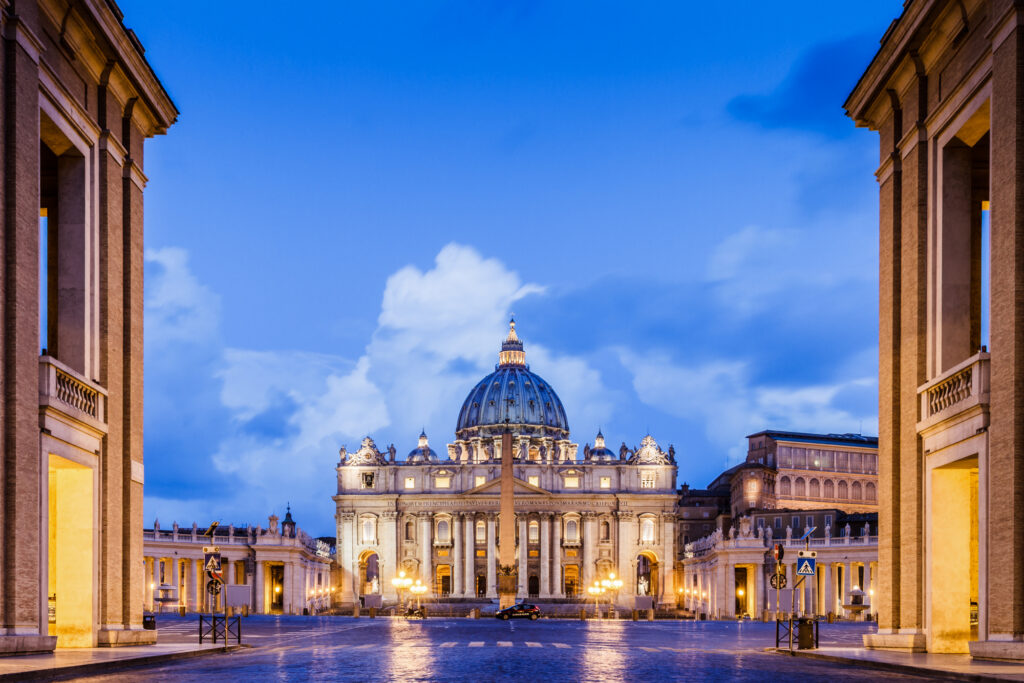History Made: First American Pope, Leo XIV – What This Means for the Future of the Church
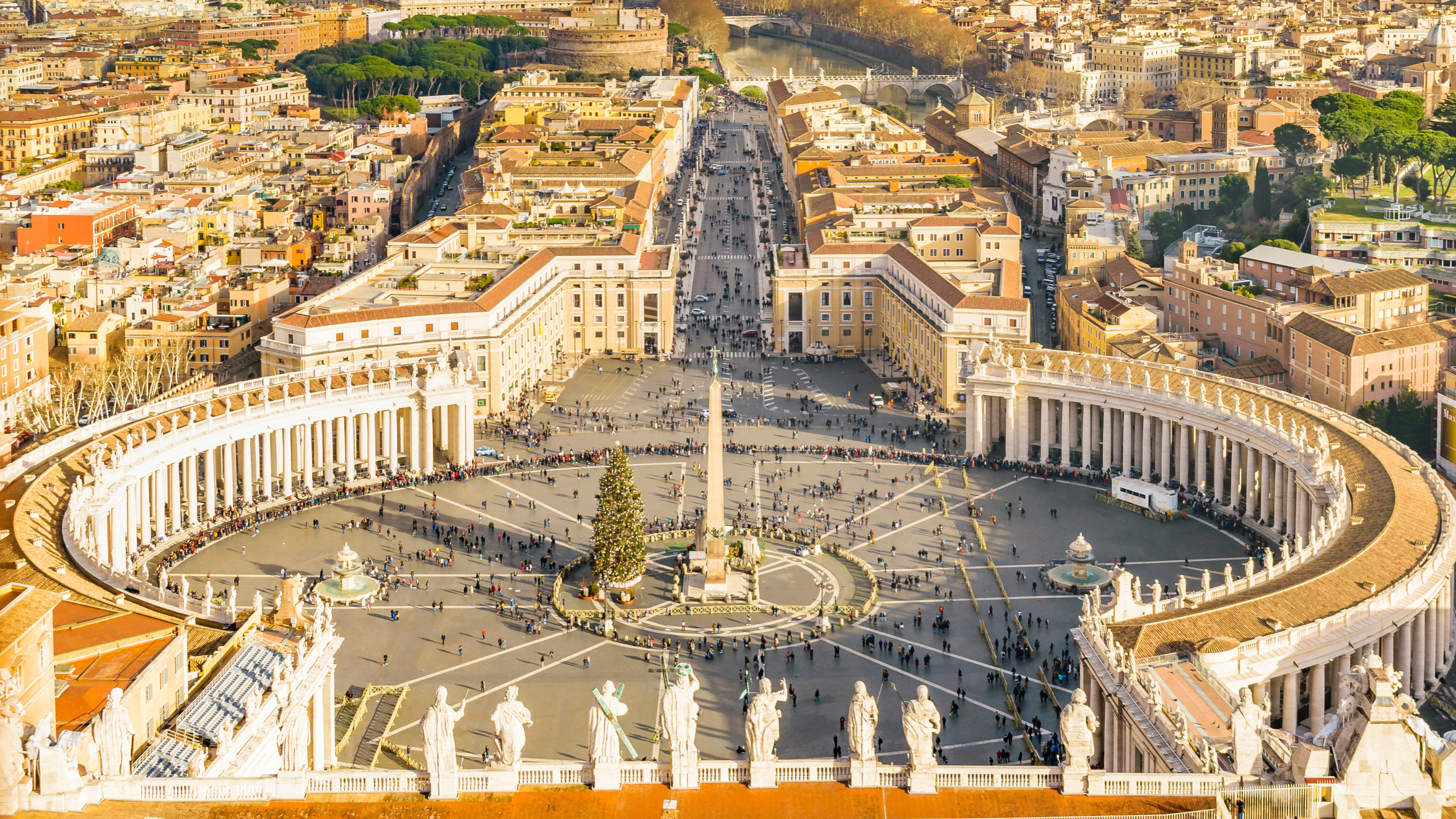
The ancient traditions of the Catholic Church met a pivotal moment in modern history today, as white smoke billowed from the Sistine Chapel chimney, signaling the election of a new Supreme Pontiff. The announcement that followed sent ripples of astonishment and intrigue across the globe: Cardinal Robert Francis Prevost, a native of Chicago, Illinois, had been chosen as the 267th Pope, taking the pontifical name Leo XIV. This election marks a significant turning point, as Pope Leo XIV becomes the first American to ascend to the papacy, a development laden with historical importance and potential implications for the world’s 1.4 billion Catholics.
The conclave, a sacred and secretive process, commenced following the passing of Pope Francis. Cardinals from every corner of the world gathered within the hallowed walls of the Sistine Chapel, cut off from external communication, to deliberate and cast their votes. The process, steeped in centuries of tradition, requires a two-thirds majority for a candidate to be elected. After two days of prayerful consideration and multiple ballots, the cardinals reached their momentous decision. The appearance of white smoke, accompanied by the joyous pealing of the bells of St. Peter’s Basilica, confirmed the election, and shortly thereafter, Cardinal Dominique Mamberti, the senior cardinal deacon, appeared on the central loggia of St. Peter’s Basilica to make the traditional “Habemus Papam” (We have a Pope!) announcement, revealing the identity of the new leader of the Catholic Church.
Born on September 14, 1955, in Chicago, Robert Francis Prevost’s journey to the papacy has been marked by a deep commitment to service and a broad international experience. He entered the Augustinian Order and was ordained a priest, embarking on a path that would take him far from his American roots. A significant portion of his ministry was spent in Peru, where he served for two decades. During his time in Peru, he became deeply immersed in the local culture and pastoral challenges, eventually becoming a naturalized citizen of the country. His service there included roles as a pastor, a formator for new Augustinian priests, and eventually, he was appointed Bishop of Chiclayo in 2015, a role he held until 2023. His extensive experience in Latin America provided him with a unique perspective on the global Church, particularly its growing presence and dynamism in the Southern Hemisphere. More recently, before his election as Pope, Cardinal Prevost was serving as the prefect of the Dicastery for Bishops, a powerful Vatican office responsible for overseeing the selection of new bishops worldwide. This role placed him at the heart of Church governance and familiarized him with the diverse needs and challenges facing dioceses across the globe.
The election of an American pope is an event of profound historical significance. For centuries, the papacy has been predominantly held by Europeans, particularly Italians. While recent decades have seen popes from Poland (John Paul II) and Argentina (Francis), the selection of a pontiff from the United States breaks new ground. The United States is home to one of the largest and most influential Catholic populations in the world, and the presence of an American in the Chair of Peter is likely to resonate deeply within the American Catholic community and alter perceptions of the Church’s global leadership. It may bring a new focus to the challenges and opportunities facing the Church in North America, including issues of secularization, social justice, and the role of the laity. Furthermore, Pope Leo XIV’s extensive experience in Latin America, coupled with his American origins, positions him as a potential bridge-builder between different cultural and theological perspectives within the global Church.
The choice of the name Leo is also noteworthy. Several popes named Leo have left significant marks on Church history, often associated with periods of strong leadership, theological development, and engagement with the social issues of their time. Pope Leo XIII, for instance, is renowned for his encyclical Rerum Novarum, which laid the groundwork for modern Catholic social teaching. The selection of this name may offer a glimpse into the priorities and pastoral vision that Pope Leo XIV intends to bring to his pontificate.
As Pope Leo XIV steps onto the world stage, he faces a complex array of challenges and opportunities. The Catholic Church is navigating a period of significant global change, grappling with issues such as declining vocations in some regions, the ongoing process of healing and reconciliation related to the clergy abuse crisis, calls for greater inclusivity and transparency, and the need to articulate the Gospel message in an increasingly diverse and often skeptical world. The new Pope’s leadership will be crucial in guiding the Church through these complexities. His background as a missionary, a diocesan bishop, and a Vatican official provides him with a multifaceted understanding of the Church’s life at various levels. The world now watches with anticipation to see how Pope Leo XIV, the first American pontiff, will shape the future of the Catholic Church and engage with the pressing concerns of the 21st century. His pontificate begins at a unique juncture, carrying the hopes and expectations of millions, and marking a new chapter in the long and storied history of the papacy.
RECENT



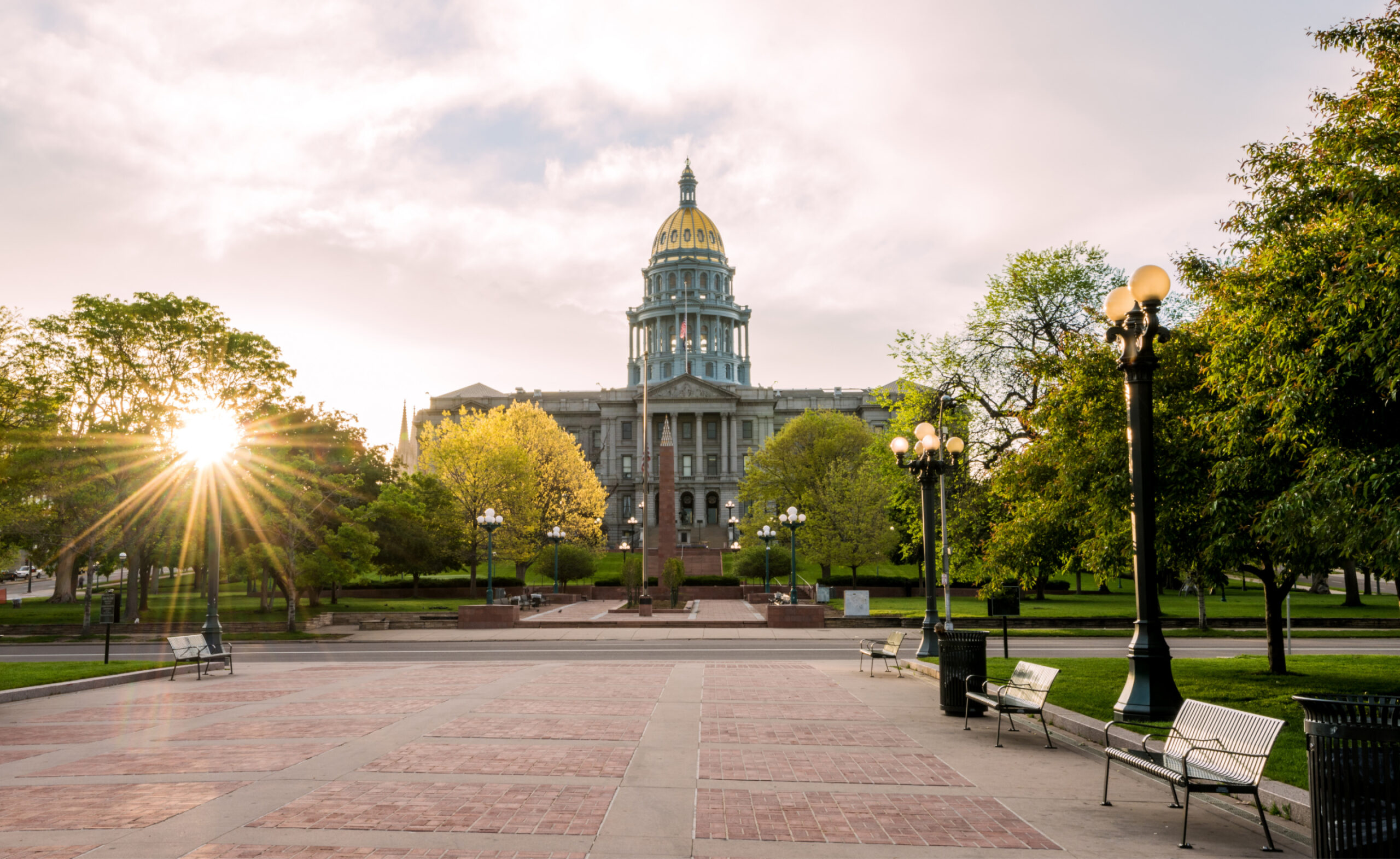
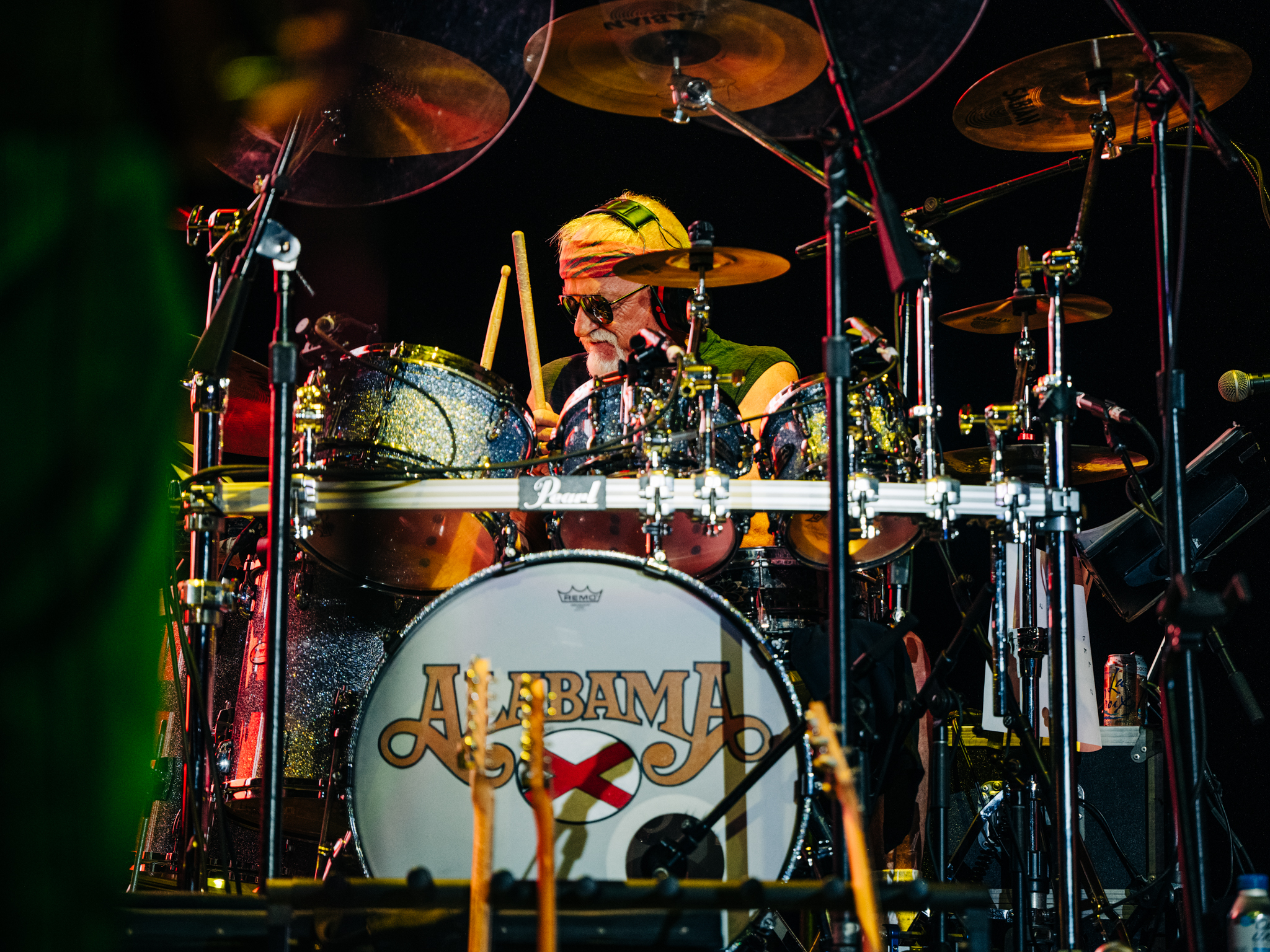
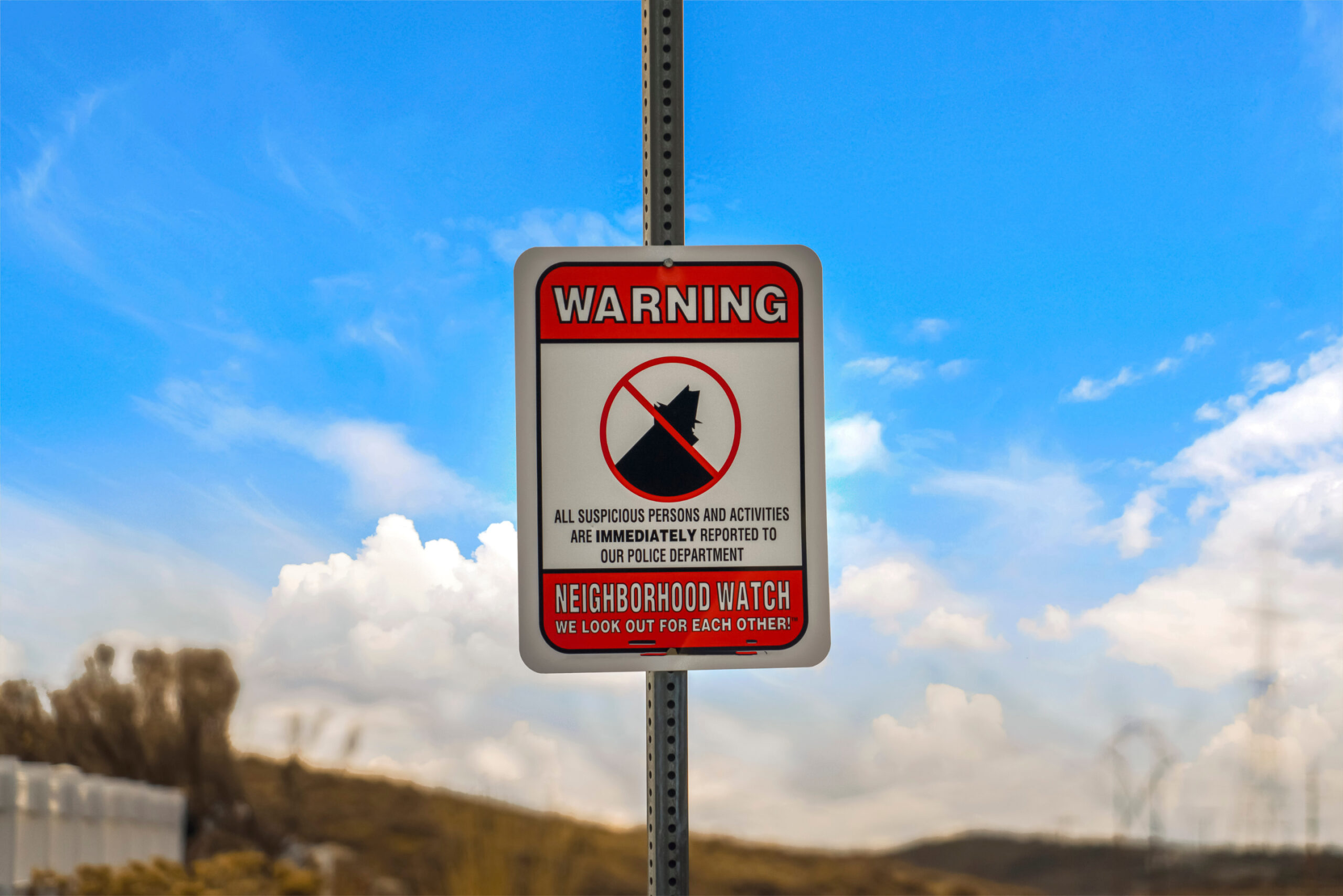




BE THE FIRST TO KNOW
More Content By
Think American News Staff











